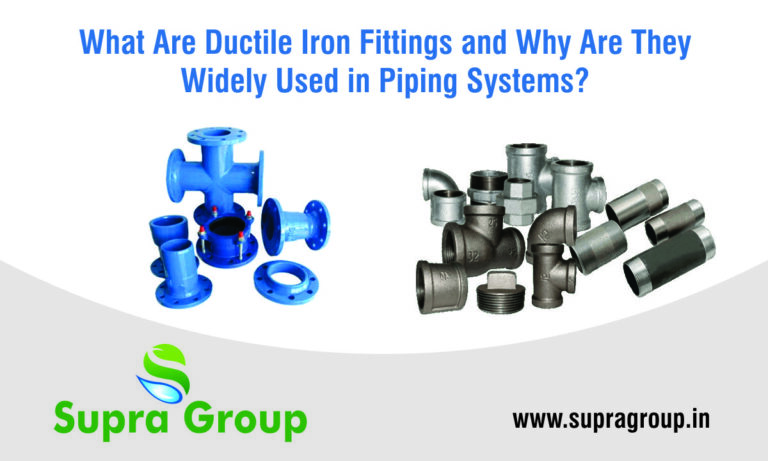
The infrastructure of any water distribution, wastewater, or industrial fluid system relies heavily on the quality and durability of the materials used. One such critical component is ductile iron fittings. These fittings are designed to connect different sections of ductile iron pipes or link them to valves, hydrants, and other equipment, playing a crucial role in ensuring the reliability and efficiency of the entire pipeline system.
Understanding Ductile Iron Fittings
Ductile iron fittings are made from ductile cast iron, a type of cast iron that has been treated with magnesium during the manufacturing process. This treatment alters the graphite structure from flakes to spheroids, giving the material enhanced strength and flexibility. As a result, ductile iron is much more impact-resistant and less brittle than traditional cast iron, making it ideal for demanding environments. These fittings come in various forms, including bends, tees, reducers, couplings, and flanged adapters. They are designed to accommodate changes in direction, connect different pipe diameters, and link pipelines with other essential components. The versatility and performance of ductile iron make it a preferred material for both underground and above-ground piping systems.Key Features and Advantages
One of the primary reasons ductile iron fittings are widely used is their superior mechanical properties. They offer high tensile strength and can withstand internal pressures, ground movements, and external loads better than many other piping materials. Here are some of the main benefits:- Flexibility and toughness: Ductile iron can absorb shock and vibration, which is especially useful in areas with seismic activity or heavy traffic.
- Longevity: These fittings have a long service life, often exceeding 50 years with proper installation and maintenance.
- Corrosion resistance: When coated with protective linings such as epoxy or zinc, ductile iron fittings can resist corrosion from soil, water, and chemicals.
- Ease of installation: Available in standardized shapes and sizes, these fittings are easy to transport, handle, and install using common joining methods like push-on or mechanical joints.
- Cost-effectiveness: Though initially more expensive than some plastic or steel alternatives, ductile iron fittings offer long-term savings due to their durability and low maintenance needs.
Applications in Various Sectors
Ductile iron fittings are extensively used in several sectors due to their adaptability and strength. Some of the most common applications include:- Municipal water supply and sewage systems
- Fire protection networks
- Industrial process piping
- Irrigation and agricultural systems
- Stormwater drainage

